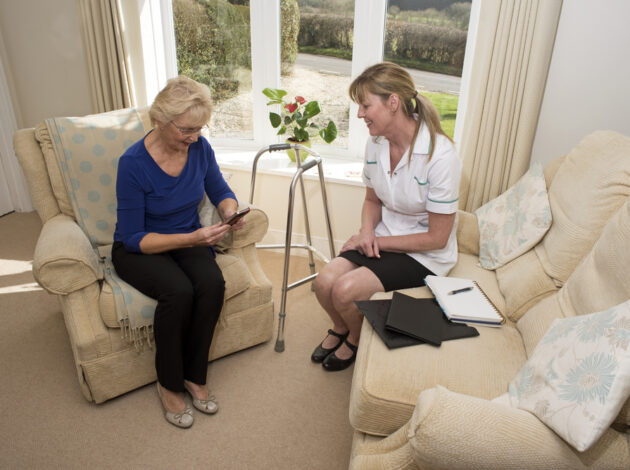Who is paying for their own community care?

Last week’s first results from the England and Wales 2021 Census revealed, we are an increasingly ageing population. Nearly one in five of us (18.6%) – an estimated 11.1 million people – were aged 65 years and over in 2021. Inevitably, this means that more people will require care, often in their own home. Here, the ONS’s Head of Social Care Analysis, Dr Sophie John, explains the challenges of finding out how many people are paying for care in their own home.
Why is this an issue?
An ageing population can lead to an increase in the number of people who require social care. Funding social care is a complex public policy challenge. ONS is exploring new ways to provide data that can support service providers and decision makers as they work to address this issue in our ageing society.
A self-funder is typically an individual who organises or funds their care in residential or community settings, as opposed to receiving financial support from the local authority or another third party. However, some people could be receiving state funded care and also be paying for additional care. So, measuring the proportion of self-funders is more complicated than it may first seem.
How is ONS shedding light on this?
We have already published estimates of the proportion of people who are self-funding their care in a residential setting, such as a care home. Today, we are publishing preliminary estimates of the number of people in England who self-fund the care they receive within their own homes
Using data from Care Quality Commissions Provider Information Return (CQC PIR) ONS estimate that between 2021 and 2022, there were an estimated 314,839 community care service users in England. Of these 25.8% self-funded their care. However, we expect these to be underestimates.
Different definitions
If we compare our results to existing literature, there are differing definitions of “community care” which further complicates the picture.
Our definition of “community care services” could include regulated: domiciliary care services; extra care housing services; supported living services (see CQC service types).
Meanwhile National Audit Office estimate 814,000 adults received home care or supported living services across the health and care sectors as of March 2020, this includes both regulated and unregulated care providers.
NHS Digital reported that according to the Measures from the Adult Social Care Outcomes Framework (Table 1C(1A)) there were 444,128 service users accessing long-term community support as of 31 March 2021.
Finally, the Home Care Association Market Overview 2021 reported that there were 467,430 people using home care services commissioned by local authorities in 2019-20 according to NHS Digital data.
A fluctuating population
Another difficulty in achieving a definitive estimate is capturing a population where people constantly move in and out of “requiring care”. There is very limited data collected on this group, which makes it difficult to estimate the size of the population. Thus, there is no stable population for us to weight against our CQC PIR returns.
Therefore, in our experimental release, we took the actual population to be all community care services that were sent a PIR and could be linked to the Care Directory in the relevant time period, regardless of whether they provided a response. Our figures are therefore likely to be an under-estimate of the actual number of people who use community care services in England.
But whilst the ONS figures published today our counts are lower than some estimates in terms of those using community social care services, we feel the proportions we found who self-fund their care to be relatively accurate, not least aligning with our self-funder estimates for those receiving care in a residential setting.
This is just the beginning of this strand of work we are carrying out to understand our changing society and its needs. We will be exploring this further and continuing to work with CQC to improve the quality of the data.

Dr Sophie John, Head of Social Care Analysis at the ONS